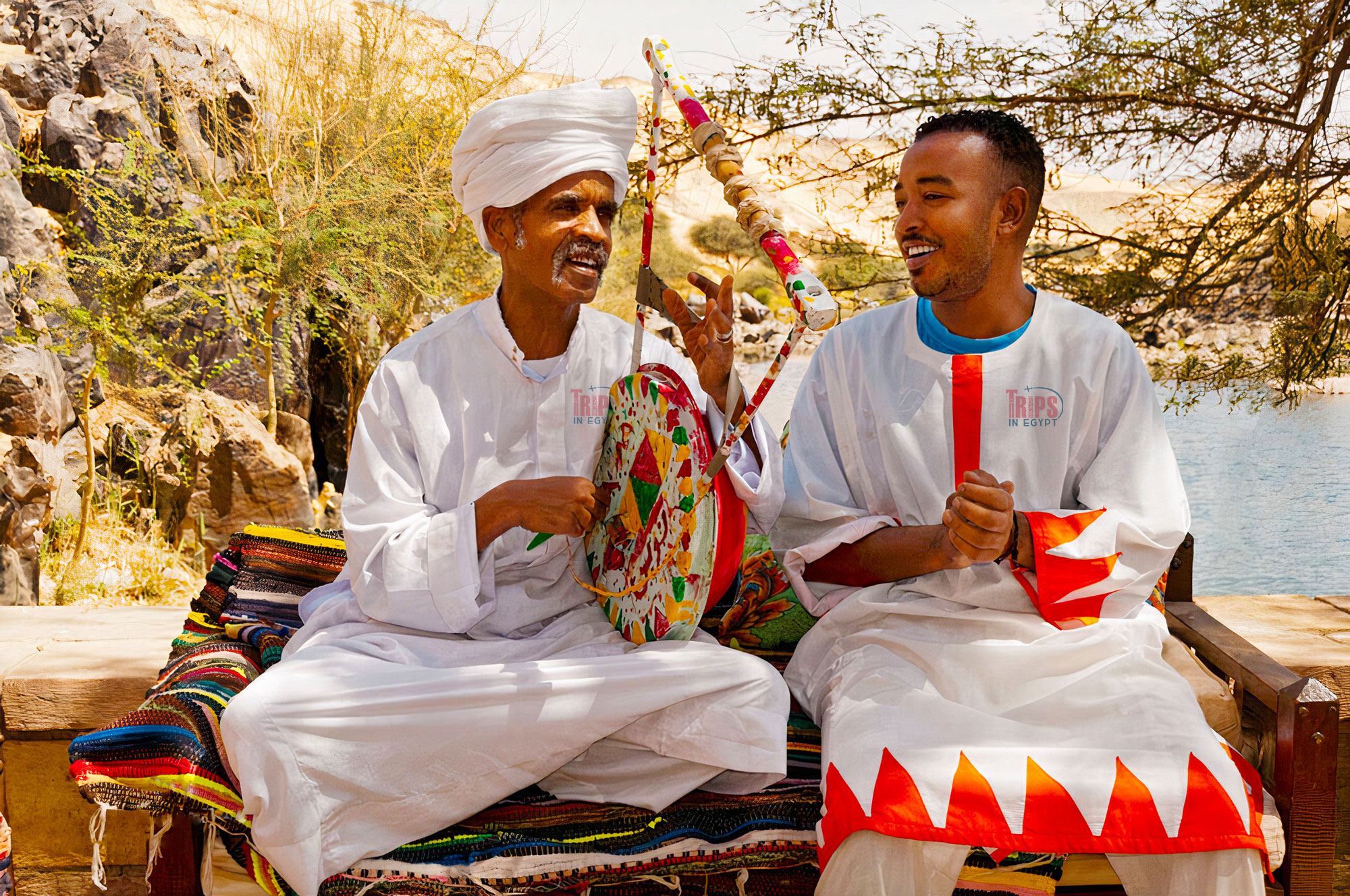
The Nubian Culture and Traditions
There is a great land in the heart of Africa that lies an ancient land of legends and mysteries, this great land where the strongest rulers have lived there. This African land has witnessed also the birth, the grandeur, and the disappearance of the ancient Egyptian civilization. This is Nubia, the great land of the Nubians where great ancient Egyptian rulers shaped the history of Egypt and beyond.
The Nubian culture interweaves captivating tales from the depths of history to people and this sacred southern lands of Egypt welcomes travelers from all corners of the world to explore its unique life which is full of wonder and awe.

History of the Nubians
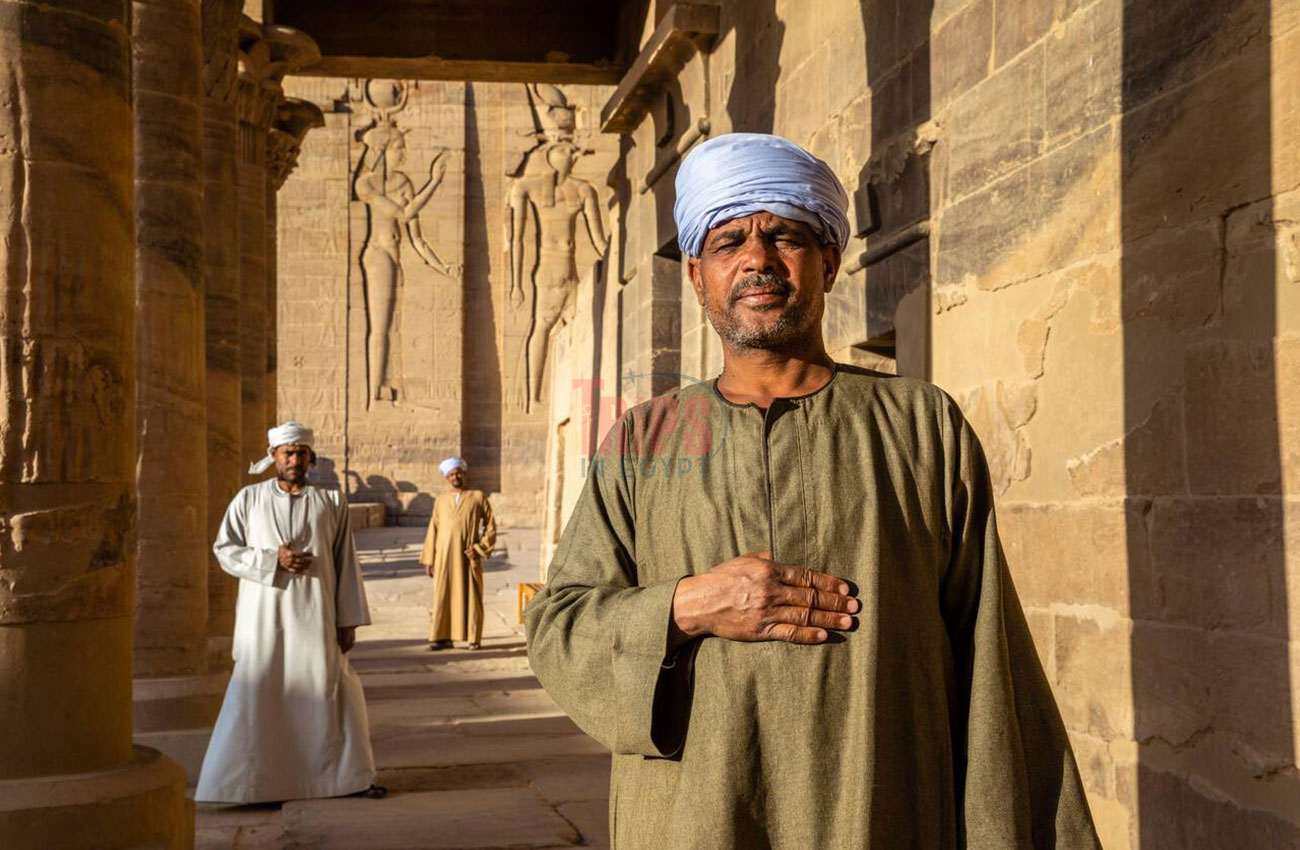
The first word "Nubians" was mentioned in Egyptian history and was found in Egyptian commercials that date back to 2300 BC. The Nubians are one of the oldest groups in the world and they were famous for their gentle behaviors, history, hospitality, and unique culture. The majority of Nubians live in their native homelands on the north of Sudan and the south border of Egypt at Aswan city, and they were traced back to Sudan.
The Nubian historical organ is known as "Nubia", the Nubians come from the central Nile Valley where they started farming, and they played an important part throughout Egyptian history, during the medieval times, they converted to Christianity and created three kingdoms which were known as Alodia, Nobatia, and Makuria, however, they are Muslims now.
The Egyptians and Nubians had a great relationship for the majority of history through cultural exchange and marriage between the both of them and many Egyptian Pharaohs and Nubian Queens had Nubian DNA even before the 25th Dynasty. The kingdom of Kush ended in the 4th century AD, and Nubia was partitioned between Egypt and the Senner which led to Islamization and Ottoman Arabization in the 16th century, however, the Khedive of Egypt unified the whole region in the 19th century.
The Nubians even live in two countries (Egypt and Sudan), so, it is important to remember that they have their unique culture and their unique language. Nubians have five current Nubian accents that they use which are Birgid, Midob, Kenzi, Kordofan Nubian, and Nobin, however, they differ depending on where the Nubians live. The Nubian people played a great role in the rise and prosperity of ancient Egyptian civilization, and they are seen as an important aspect of Egypt.

Marriage in Nubia
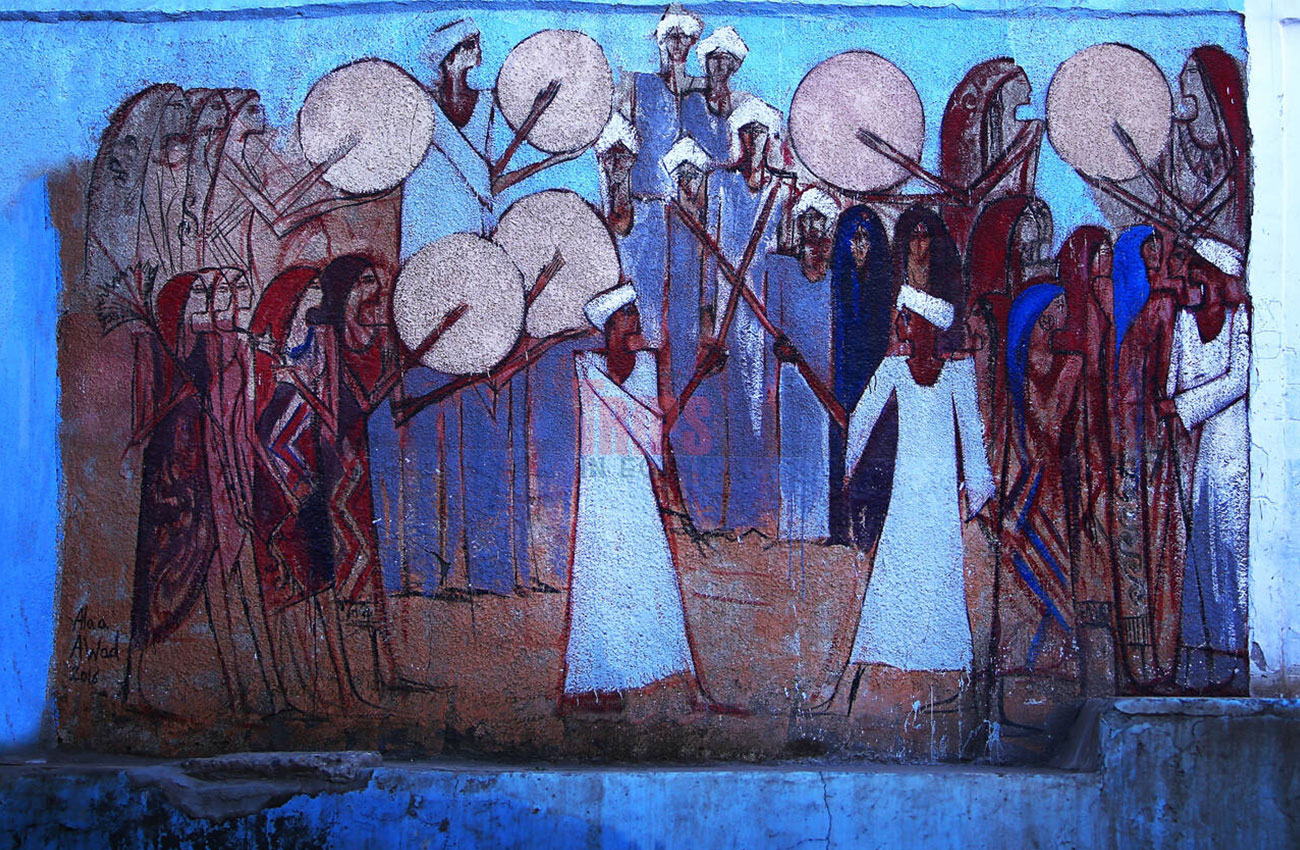
The parents are obliged to pay for the marriage of their daughters and sons, and the maternal uncle and the uncle share in this responsibility too, this tradition is due to the Nubian kinship which unites the relatives of both sides who are both equal in obligations and duties. The man in Nubia is like the Bedouin man, he should marry his cousin, and the dowry he pays is less than the dowry he pays if he marries another girl. The Nubians make certain that the bride's and groom's families get several presents as a demonstration of their love, respect, and support for the family in paying for the exorbitant charges of marriage and the marriage ceremony, this is a tradition that most Egyptians preserve to this day.
One of the Nubian customs is to marry at a young age, the Nubian males marry between the ages of 18 and 22, and Nubian girls get married between the ages of 15 and 20, during the month preceding the marriage ceremony, there is a large number of cows and sheep must be slaughtered at residences of the two families to be served to the guests at the marriage. The Nubians shower the bride and groom with gifts of wonder just to show their support love, and respect for the family that has borne the costs of marriage and the ceremony. This unique custom that many Egyptians still preserve to this day and age.
The Nile River is considered an important part of the tradition of the Nubian people, so the bride and groom must go to the Nile on their wedding night and wash off with the waters of the Nile River in order to have a large number of children and to bring them good fortune.

The Nubian Language
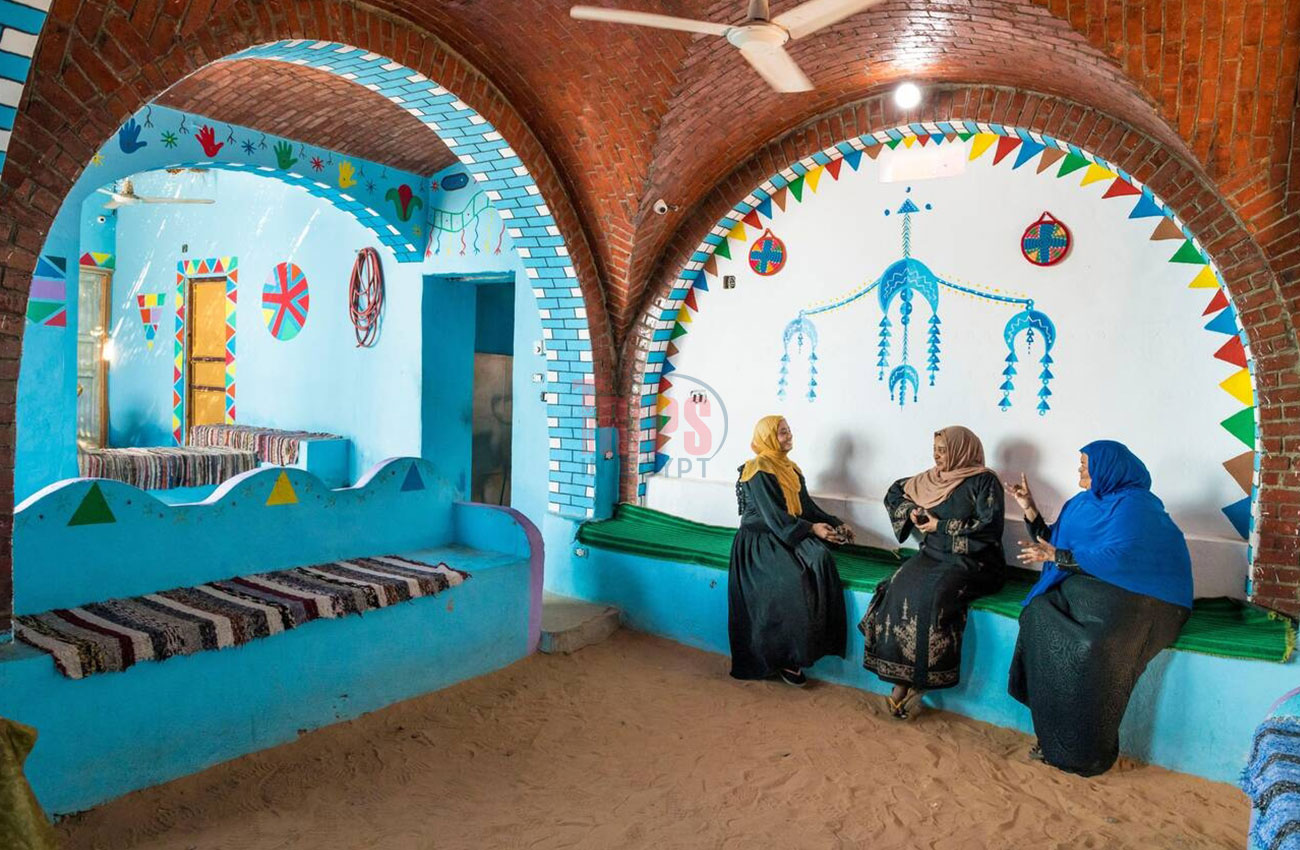
There are some ancient documents in Old Nubian that appear to be the predecessor of contemporary Central Nubian dating back to the late eighth to the early fourteenth centuries. These documents are translations of Christian literature that were written in Greek and were written in an adaption of the Coptic script, as is Nubian.
There are over one million speakers of the following Nubian accents:
- Kenzi
- Birgid
- Midob
- Kordofan Nubian
- Nobin
The Nubian accent is classified as Western (Darfur), Northern (Nile), and Central and they are:
Western (Darfur) Accent:
- Midob
Northern (Nile) Accent:
- Old Nubian
- Nobiin
Central Accent:
- Kenzi
- Hill (Kodofan)
- Dongolawi
- Birgid

The Nubian Cuisine
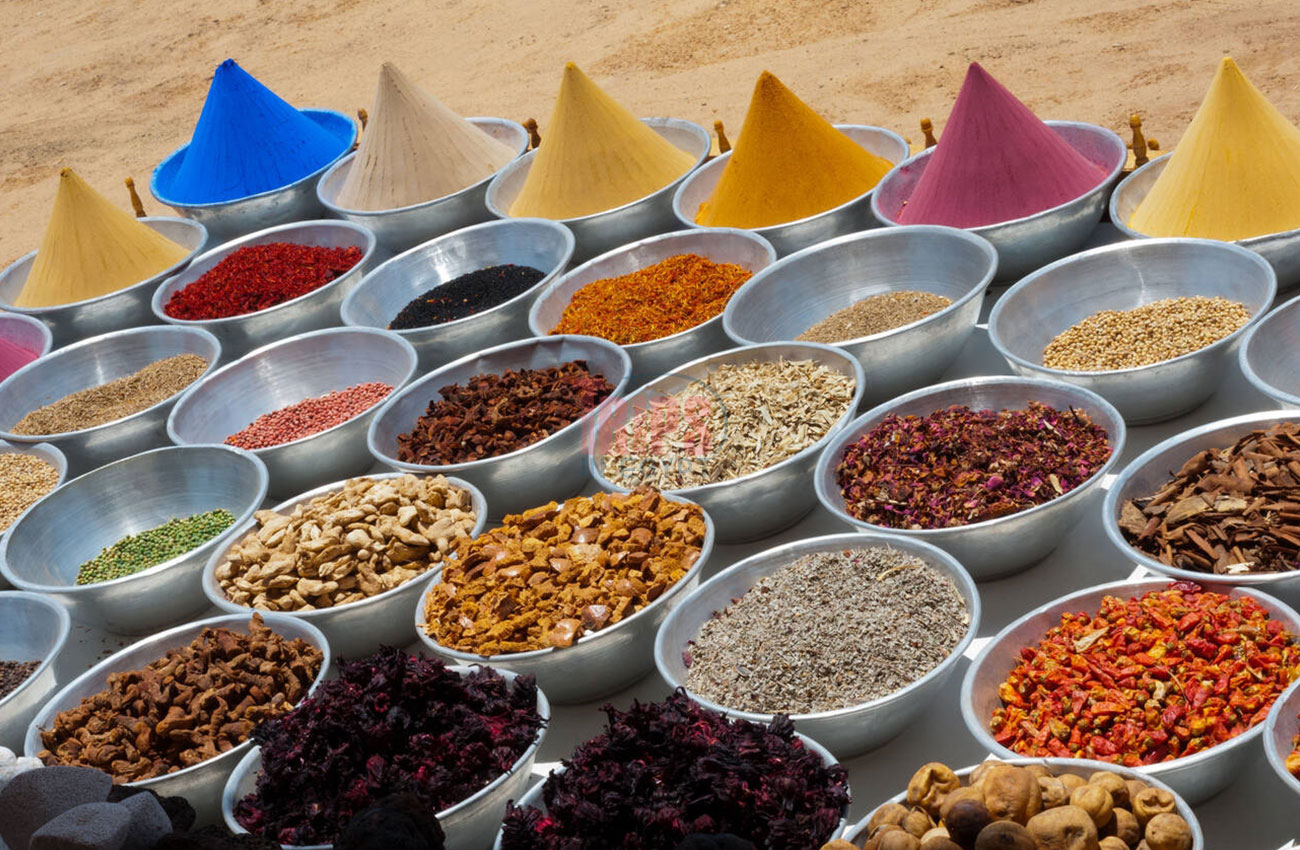
The Nubian cuisine is among the greatest in Egypt! You will love the Nubian delicious dishes which include tasty bread like crepe called Sanasel and wonderfully excellent fresh molokhia. Nubians extract deep flavors from plants they grow in the backyards of their homes or the banks of their own cities.
The most famous Nubian dishes:
- Bamiya (okra stew)
- Kushari (macaroni, chickpeas, rice, brown lentils, and spicy tomato sauce)
- Moloukhiya ( popular green soup)
- Ful Medames (mashed fava beans)
- Tagen (meat, vegetables, fowl, or fish, prepared in onion sauce and tomato)
- Mahshi
- Shamsi (A type of bread in Aswan)
- Kebab (grilled lamb meat cut into small pieces)
- Tamiya (deep-fried mixture of onions, parsley, and beans)
- Shish Taouk (grilled lamb meat chopped into small pieces)
- Kofta (grilled minced meat or grilled chicken fillet cut into small pieces)
- Moussaka (Nubian Style)
- Kishk
- Kabsa

The Best Nubian Restaurants in Aswan
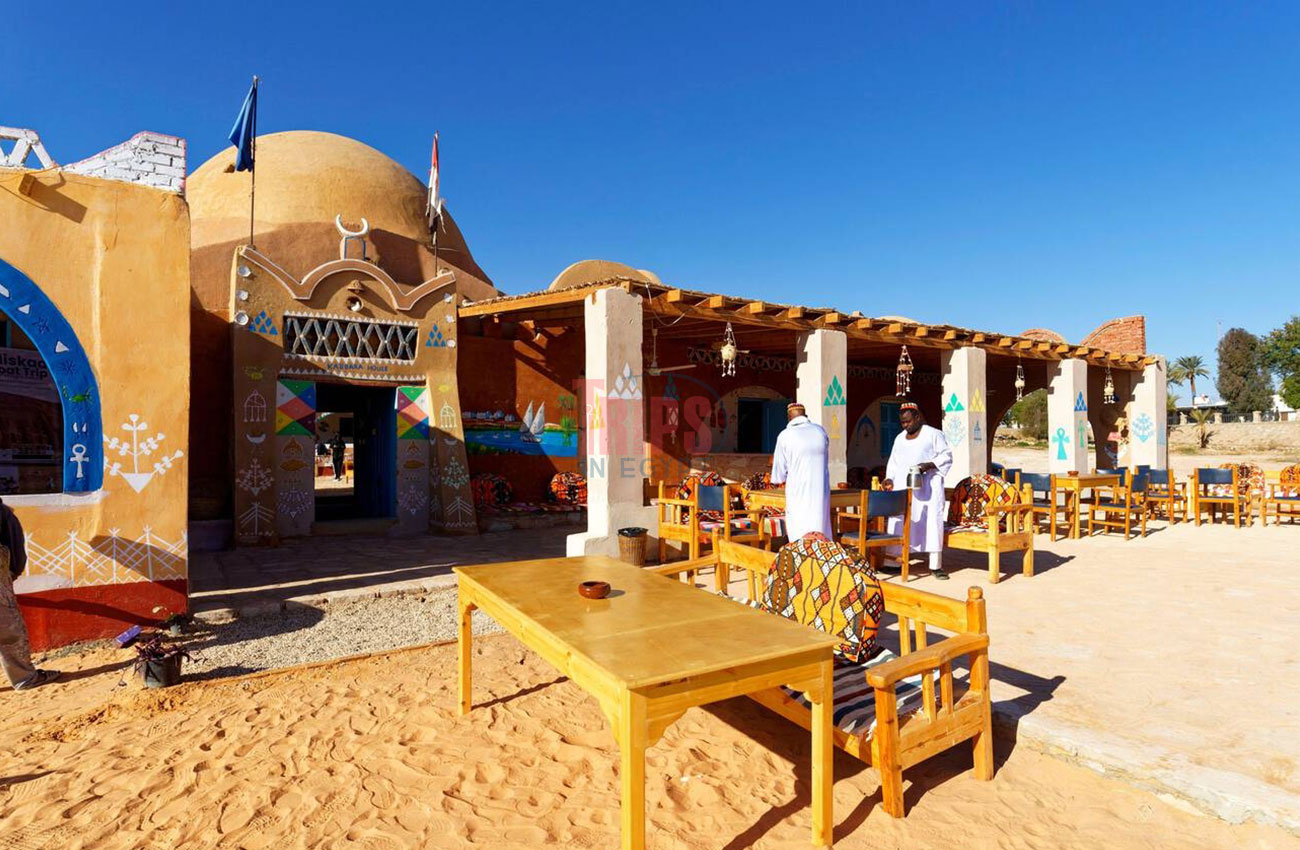
The Name of the Restaurant | Location |
Nubian Dreams Restaurant & Cafe | West Bank, Aswan. |
El Dokka Restaurant | Eissa Island, Aswan. |
1902 Restaurant | Corniche El-Nile, Aswan. |
Kato Dool Nubian Restaurant | Elephantine Island, Aswan. |
Nubian Restaurant | El-Souk Street, Aswan. |
Nubian Oasis Restaurant | West Bank, Aswan. |
Kendaka Nubian House | Elephantine Island, Aswan. |
Basma Restaurant | El-Souk Street, Aswan. |
Nubian Village Restaurant | Elephantine Island, Aswan. |

Nubian Art and Architecture
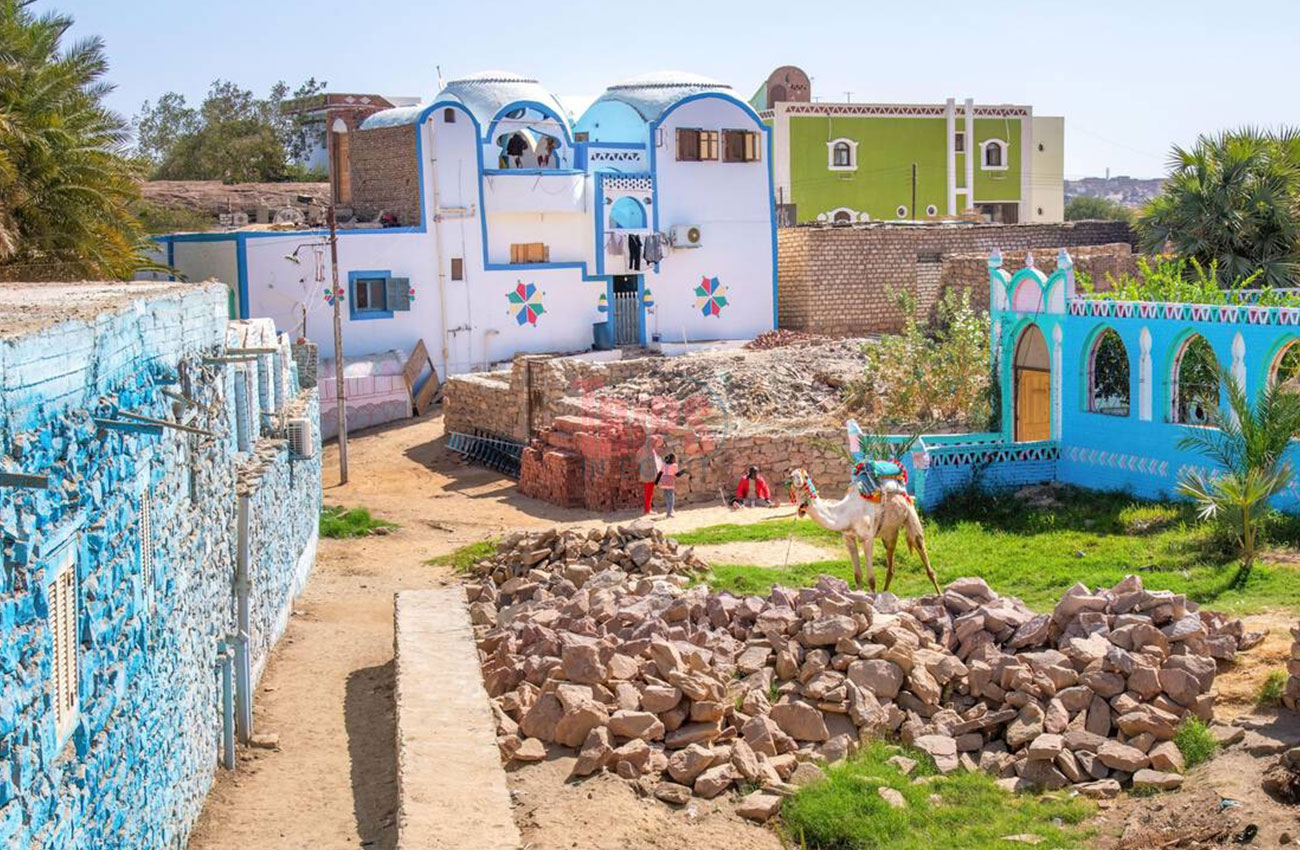
The Egyptian and Nubian civilizations shared the northern Nile Valley as they were commercial partners for almost millennia. The two civilizations were adversaries vying for control of commerce and valuable things such as gold. Egypt controlled the northern half of Nubia from around 1550 to 1070 BC, about 500 years, which resulted in cultural contact between the two cultures and their flourishing. The cult of God Amun was maintained as a link in the social, religious, and political bond between Napata in the north of Kush and Thebes in the south of Egypt.
The 25th Dynasty was governed also by King "Piankhy" and his four successors, however, both countries built amazing temples in Egypt, so it is not a surprise that they incorporated the same elements of Egyptian architecture and art. Kushite rulers started to have ancient inscriptions in Egyptian hieroglyphs which allowed historians to examine history from the Nubian perspective for the first time.

The Most Famous Monuments Located in Nubia
There are several Nubian landmarks in Nubia which famous for their historical and architectural significance. Some of the most notable ones include:
Abu Simbel Temples
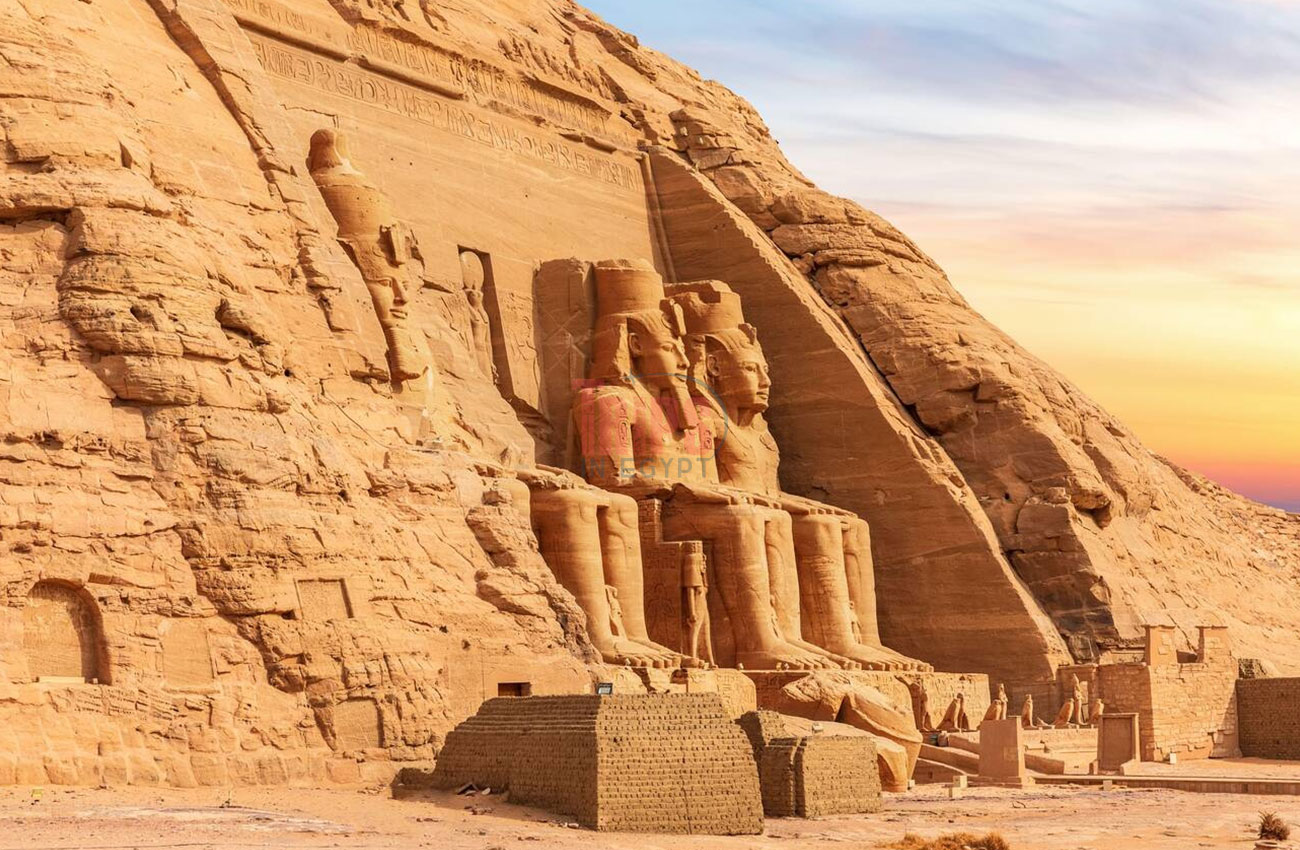
Abu Simbel is comprised of two huge carved rock temples, the biggest temple is dedicated to the cult of God Amun, as well as to Pharaoh Rameses II, who authorized the construction of the temple. The goddess "Hathor" who was the goddess of joy, love, motherhood, and sexuality, and the queen of the pharaoh "Ramses" Queen Nefertari is honored in the smaller and second temple.
The temples of Abu Simbel were built to show the strength of Egypt on the Nubians and to show Egyptian power and influence in Nubia. Abu Simbel Temples are an important part of Nubian history, as they are a reminder of the strong connection ties with Nubia, and they are still a source of pride for the Nubians today.
Philae Temple
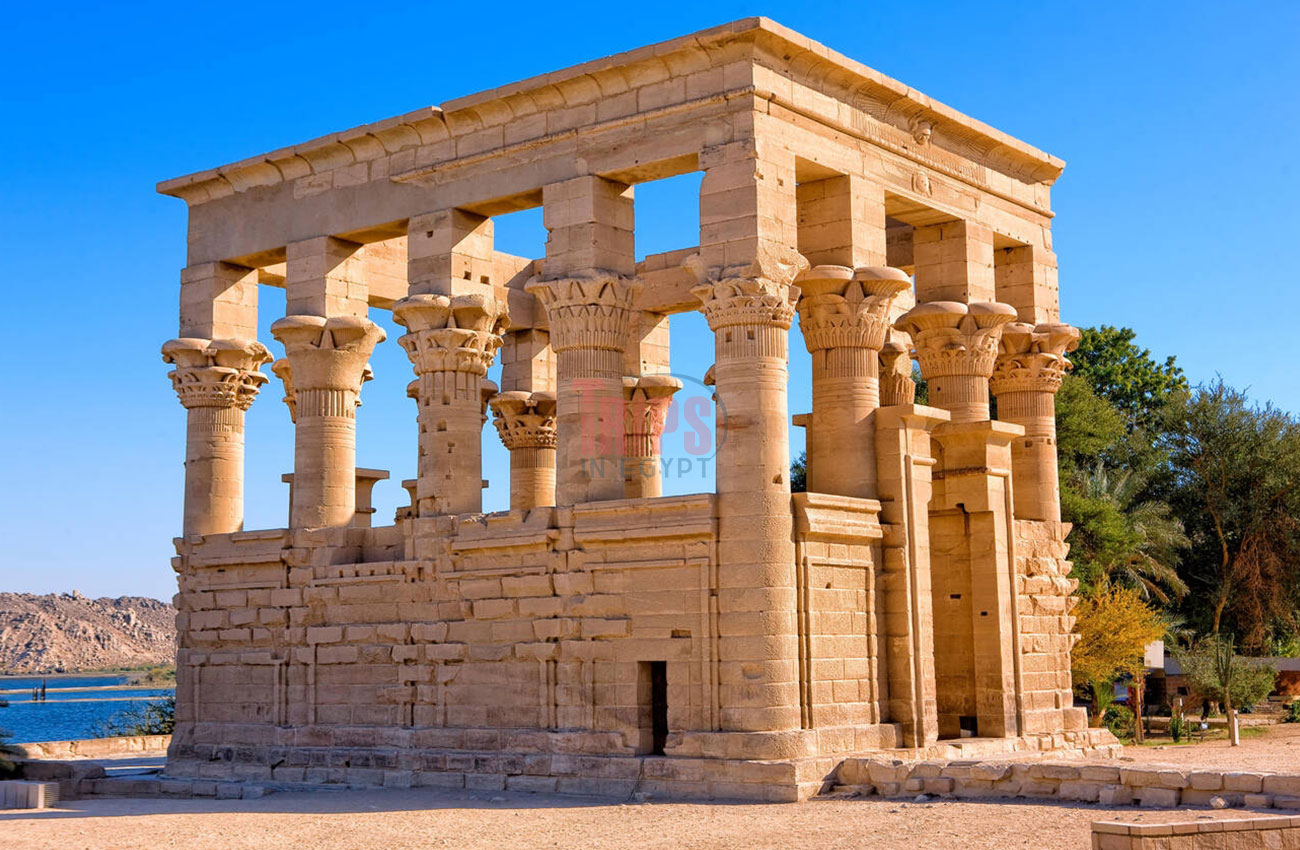
Philae Temple was the last of its unique type to be created in Egypt during the Ptolemaic dynasty. This amazing temple is well-known for its mythical stories of Isis who was the goddess of healing, and the god Osiris who is the ruler of the underworld. Philae Temple was a famous pilgrimage destination for Nubians, Egyptians, and travelers from all over the world, especially Crete and Greece.
The inscriptions and artwork inside the Philae temple have scenes and figures from Egyptian and Nubian mythology which refer to the two cultural interactions between the Egyptian and Nubian civilizations and the same religious beliefs which all emphasize the strong link with Nubia.
Temples of Kalabsha
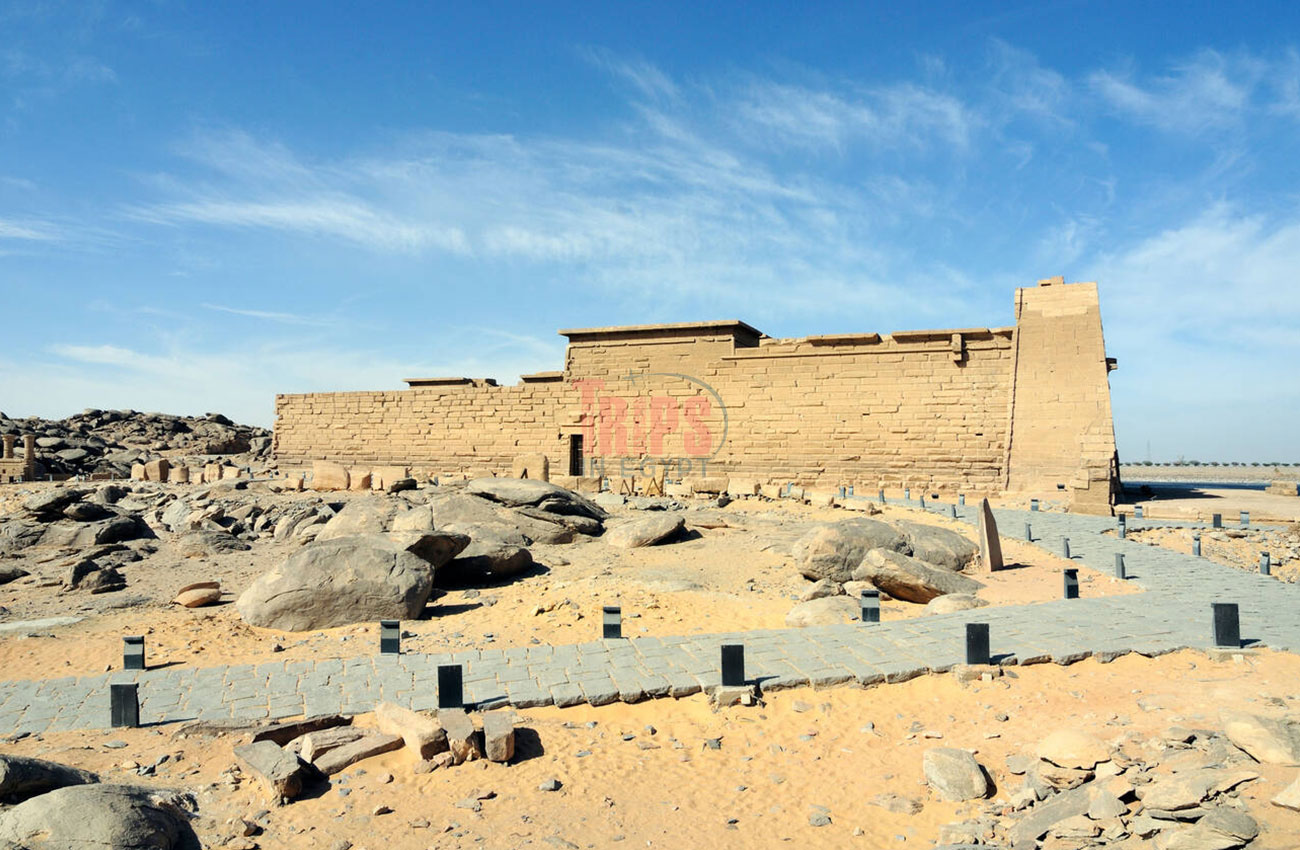
Kalabsha temple was constructed during the Ptolemaic period and was finished during the reign of the Roman emperor "Augustus" it was dedicated to the Nubian God "Mandulis" The sun god in Lower Nubia in addition to the existence of other Nubian deities. The architectural style of the temple is Egyptian, and it also contains Nubian features, its architecture shows the cultural exchange between Egypt and Nubia.
Are you wondering how to enjoy your Aswan tour to the fullest? Well, Kalabsha Temple is a unique temple because of its iconography from ancient Greek and Egyptian themes, religion, style, and myths. Once you step up to the upper part of the temple, you can also enjoy an amazing view of the lake and Aswan High Dam from the roof of the temple.
Temple of Beit Al-Wali
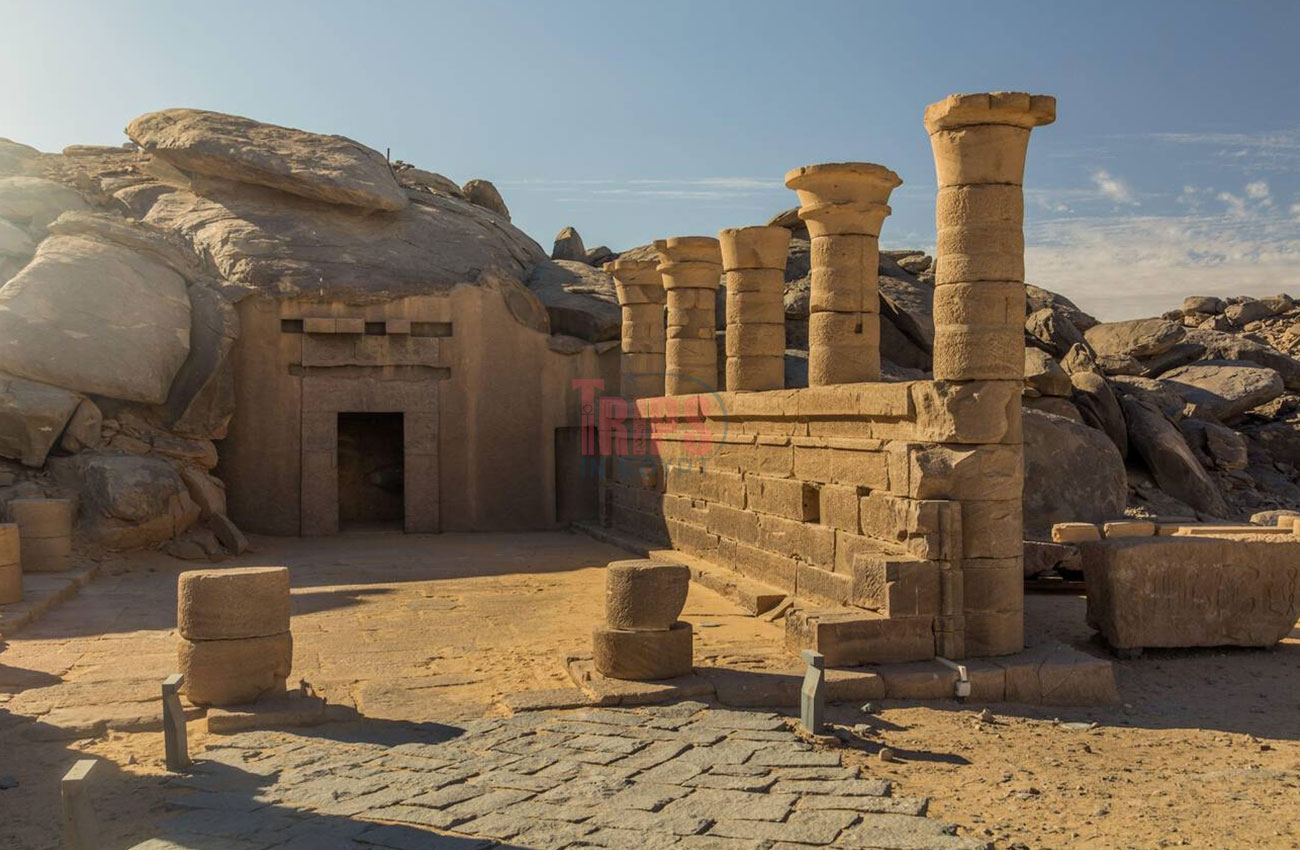
This temple was dedicated to the Egyptian deities Amun-Re, Re-Horakhti, Khnum, and Anuke, and it was constructed only for showcasing rather than public cults, and temple rituals may have been only sporadically observed by a small number of priests. The decorations of the temple were changed later during the Christian era, and the vividly painted reliefs of the temple of Beir Al-Wali have been maintained.
This temple is known as "The house of the holy man" nowadays since it was utilized as a residence of the hermits. The location of the temple, religious significance, architectural aspects, and cultural relevance all highlight its deep connection to the history of Nubia and its cultural legacy.
Qasr Ibrim Fortress
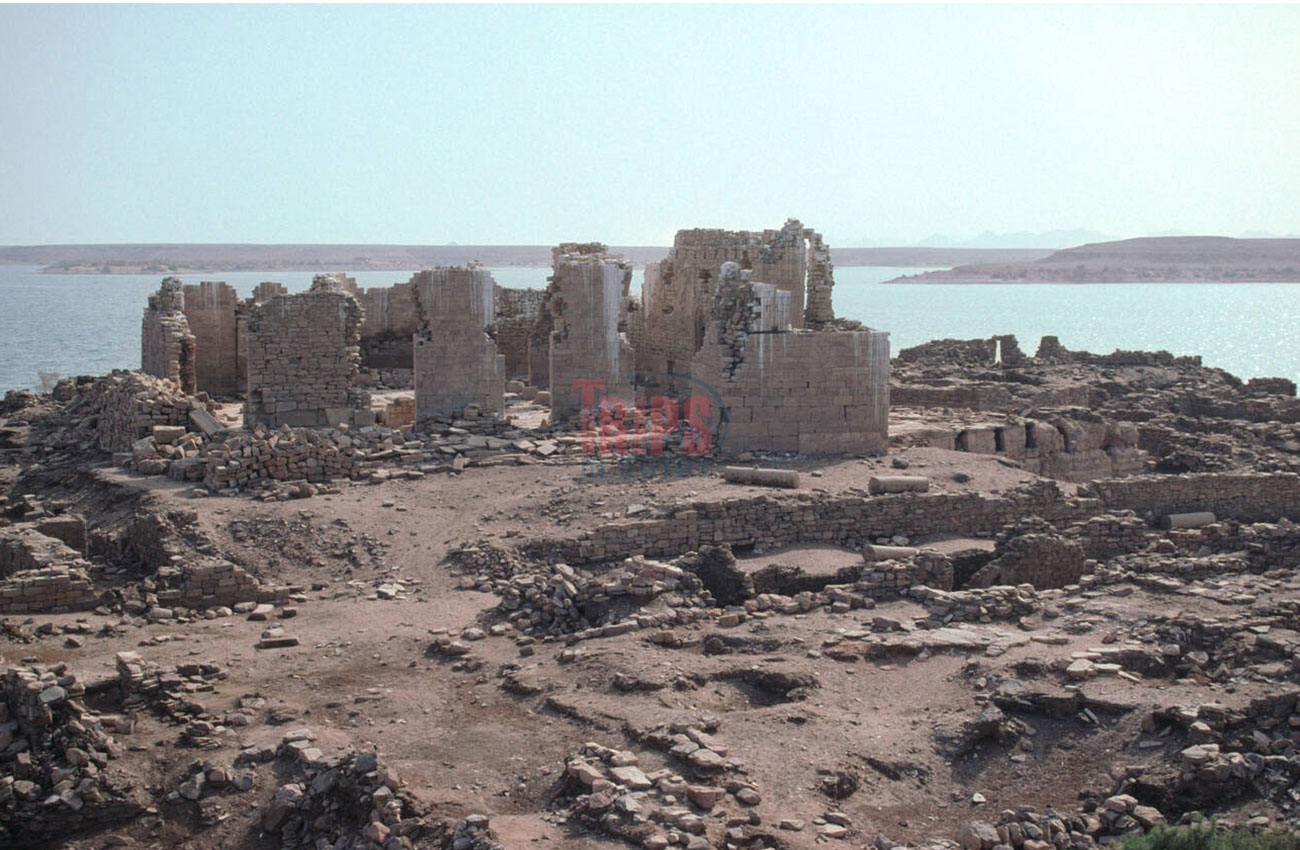
Qasr Ibrim was an important fortress defending the Egyptian empire's southern frontiers during the New Kingdom of Egypt (1550-1070 BC). The temple dedicated to Amun, the god of gods in ancient Egypt, and the hieroglyphic inscriptions show this influence inside the Fortress.
Once the Egyptian dominance declined, the territory fell under the jurisdiction of the Nubian kingdom of Kush, so the Nubians saw Qasr strategic value of Qasr Ibrim and, its location and extended this important fortress as a hub for trade, and cultural exchange between these two civilizations.
Temple of Dakka
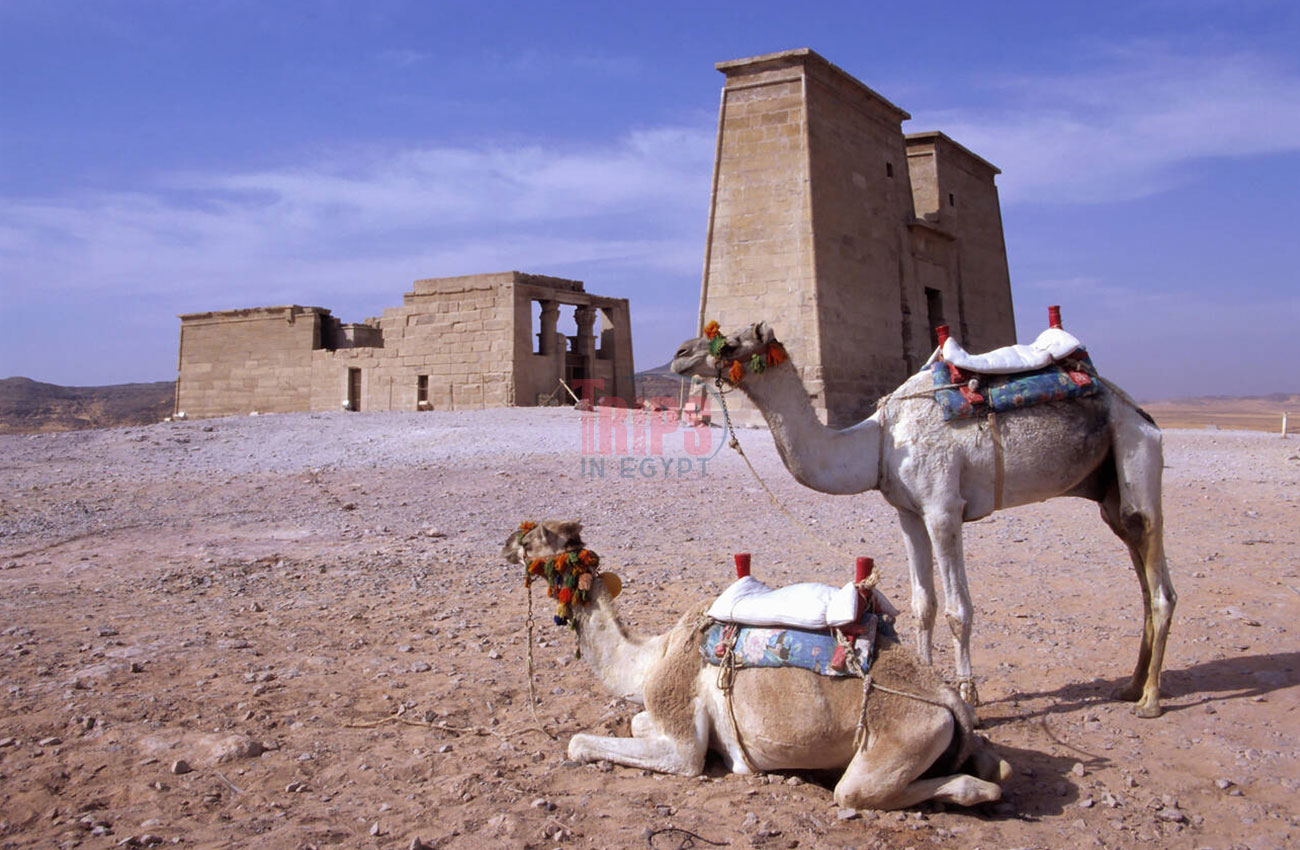
A Nubian king erected the Temple of Dakka in honor of Thoth around 22 BC which the Greeks referred to as "Pselchis" and ancient Egyptians referred to as "Pselqet" while.
The temple of Dakka was transferred to Wadi El-Seboua after being saved from Lake Nasser's floods. The temple of Dakka was dedicated to "Thoth" the Egyptian god of wisdom, who was also worshipped in Nubia, this reverence shows the cultural exchange of religious beliefs between the two civilizations. The wonderful temple was a collaborative endeavor between the Ptolemaic rulers and the Nubian ruler of the period while it was extended during the Roman era.
Wadi Es-Sebua
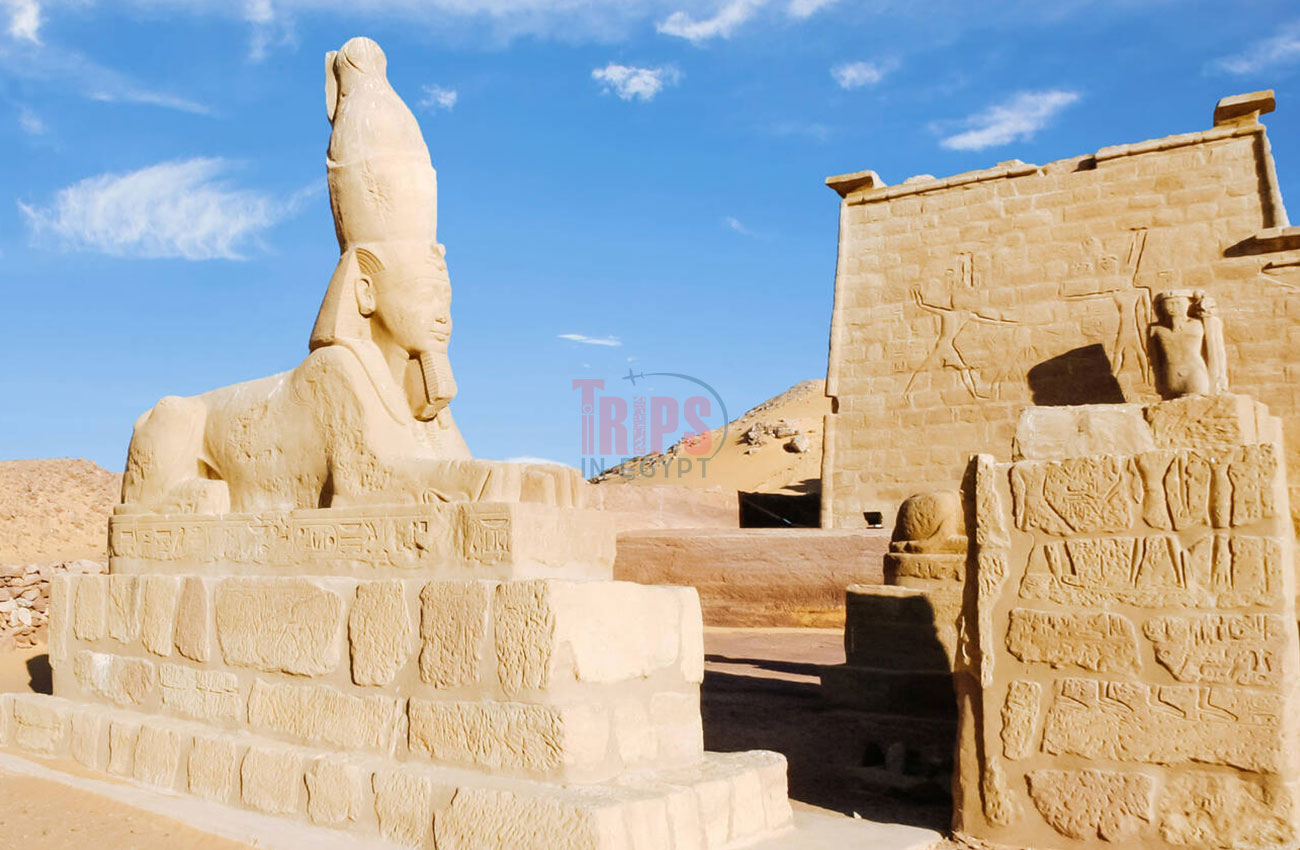
Wadi of Es-Sebua means in English "The Valley of the Lions" and is a unique destination of two temples of the New Kingdom of Egypt in Aswan City that were built by Pharaoh Amenhotep III, and Ramesses II. You can find in the Wadi a lengthy queue of ancient sphinxes greets you to the temple's entryway where you can witness a large hypostyle hall with 16 columns.
The two temples in this area remain standing in beautiful condition and they are covered with some of the most amazing art of ancient Egyptian, during the Roman and Greek periods, the temples were also utilized as churches. The Temple of Amenhotep III is dedicated to "Horus" in Nubian form.
Kiosk of Qertassi
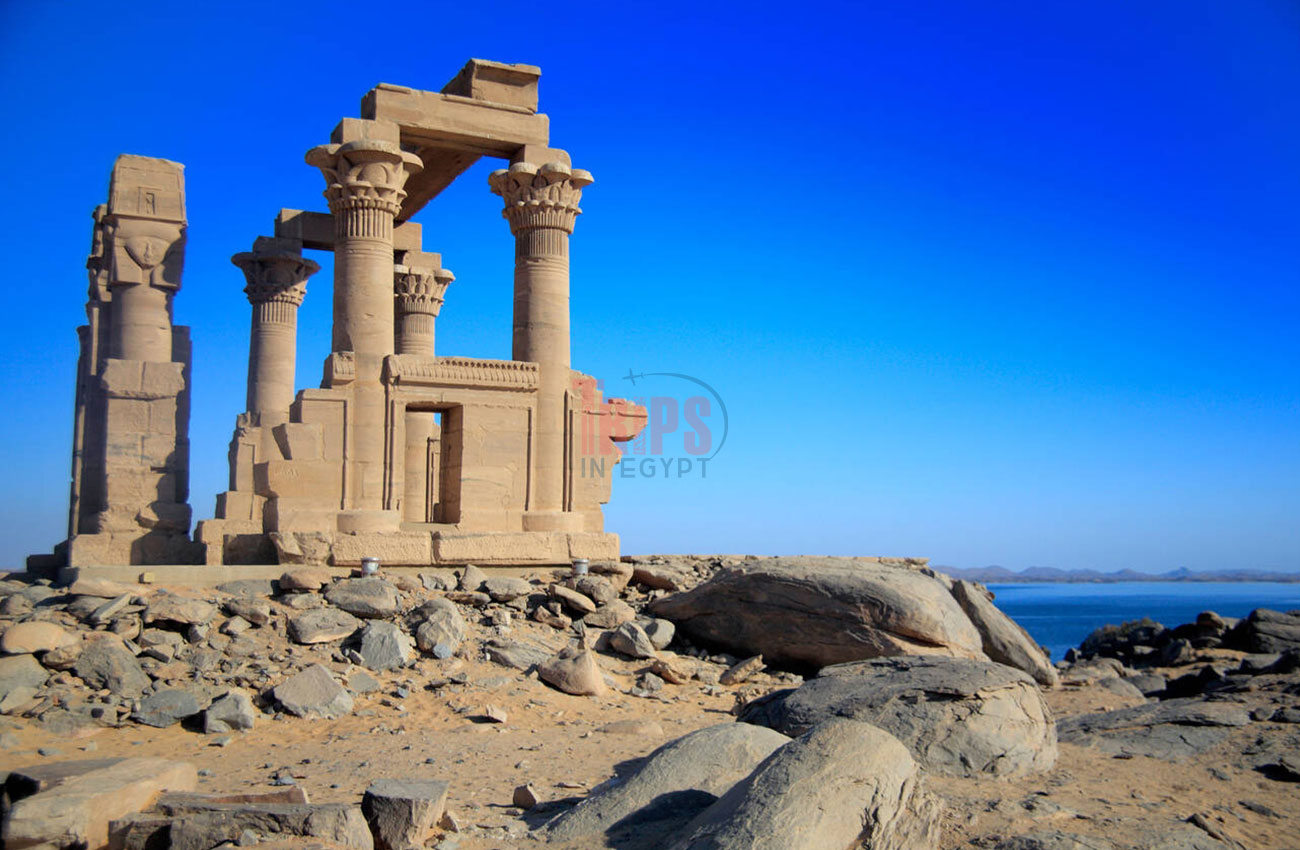
The temple of Qertassi is located near Aswan High Dam which lies south of the Temple of Kalabsha, and is honored "Hathor" the goddess of joy, love, dance, music, sexuality, and motherhood. The column capitals of the temple are decorated with Hathor heads which honor the goddess who was the patron of miners.
The kiosk of Qertassi was also dedicated to the goddess "Isis" and was one of the numerous Nubian monuments transferred from the original site of Old Talmis to the New Kalabsha site near the dam by a Polish archaeological expedition. This event occurred during the rescue campaign in Nubia to save ancient Egyptian sites from Lake Nasser's rising floods.
Temple of Derr
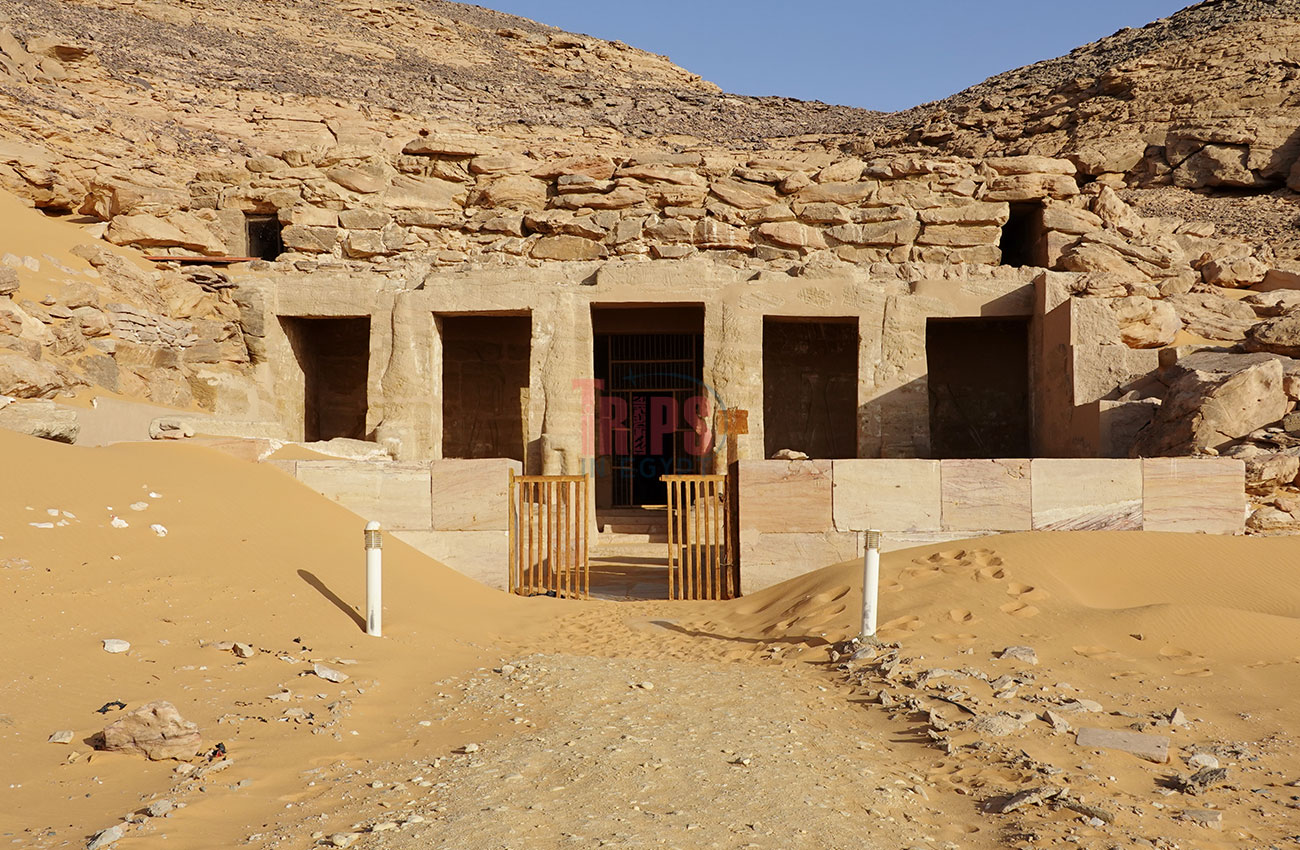
The Temple of Derr is a great temple dedicated to Amun-Ra, Re-Harakhte, and Ptah by King Ramesses II (1279-1213 BC). The Temple of Derr is located at the site of New Amada which is an archaeological complex that has three ancient Nubian structures that were saved from Lake Nasser's rising waters.
The temple of Derr has three rooms, and two hypostyle halls with a central for cult sculptures of the three gods worshipped as well as honoring the Egyptian King "Ramesses II". The temple is an amazing monument as it contains several very brightly colored painted reliefs, and the inner walls of the temple show events from the military successes of King Ramesses II and religious ceremonies.

Ancient Nubian Festivals in Egypt
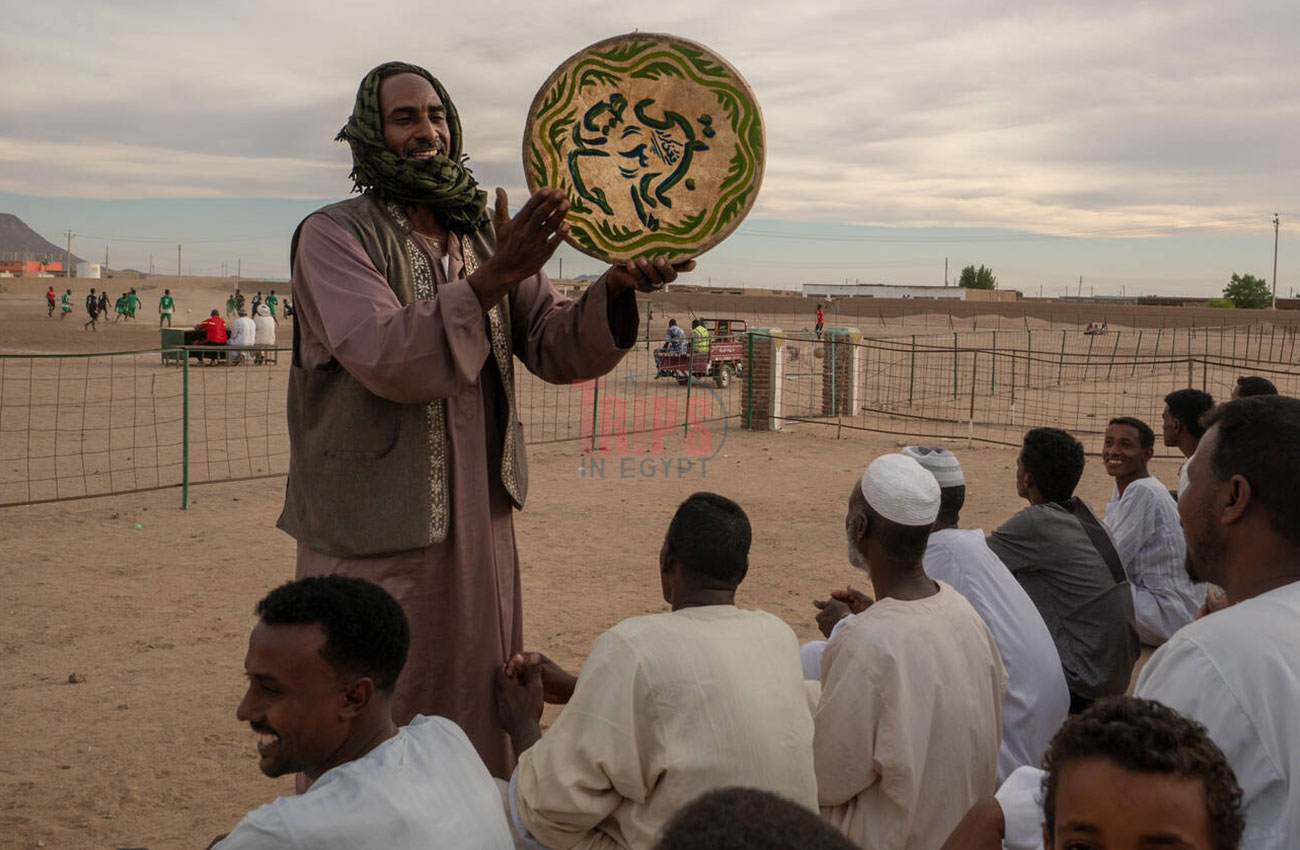
The ancient Egyptian and Nubian festivals were all religious, every year, they waited with bated breath to enjoy and celebrate their unique festivals to connect with their beloved gods and goddesses in the most personal way by visiting temples to dance and sing, delivering gifts, and asking for their dreams and aspirations to come true. The Nubians would offer offerings and sacrifices at festivals but the main purpose of these amazing festivals was to see the sons and daughters of gods "Kings" and "Queens" and maintain the belief that the world is run by the gods and goddesses.
There were five important festivals that they celebrated, including Ancient Egyptian’s New Year Day (Wepet-Renpet Festival), The Opet Festival (Wedding of Amun & Mut), The Festival of the Dead (Wag Festival), the Sacred Marriage of Hathor, Birthday of God Horus on the second Epagomenal day (Hormas, and Later Christmas).

The Nubian Village in Aswan
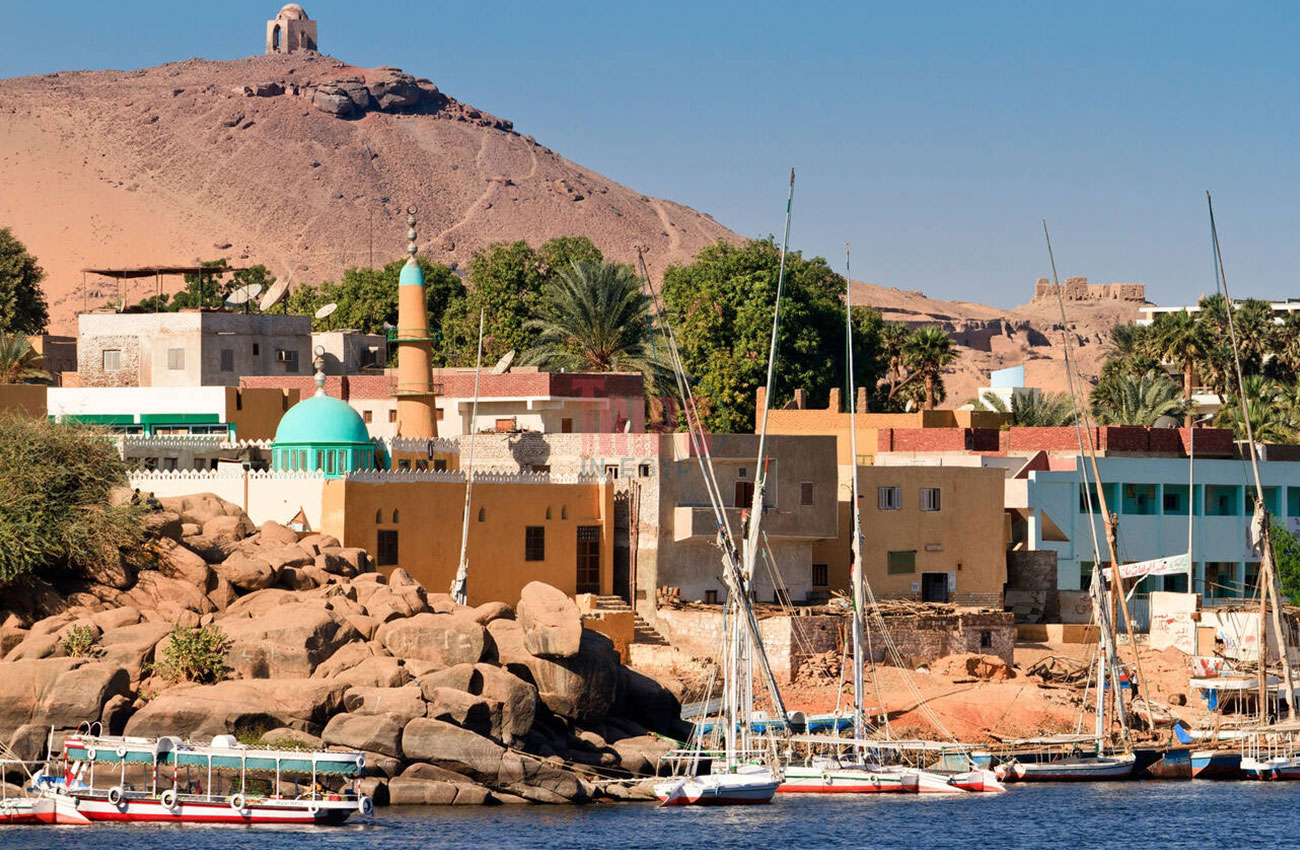
It is a must to visit the Nubian Village when you are in Aswan as this could be the only trip that will captivate your heart in all senses. Once you step into a house in the Nubian Village, you will find only kind and hospitable people. The Nubian people are famed for their dark skin and their unique Nubian language which is different and should not be mistaken for Arabic Language.
There is another fascinating fact about the language is that they do not learn how to teach the Nubian language to the visitors. What is unusual is unique about their house is the crocodiles, which are mummified, the Nubians have an ancient belief from the ancient Egyptians that the presence of a crocodile will protect them and their home from the eye of Evil.

Unveil Nubia's Delights: Craft Your Dream Aswan Tour Today!
If you want to discover ultimate enjoyment in Nubia, experience the magic of this unique culture, and enjoy this land the most, just check out majestic Aswan day tours and make your dream trip memorable!
Fantastic experience Aswan city tour to observe the most fam...
Duration
1 Day
Availability
Everyday
Private day trip from Aswan to Abu Simbel by car to witness ...
Duration
1 Day
Availability
Everyday
Enjoy a private one day tour from Aswan to Luxor where you w...
Duration
1 Day
Availability
Everyday
Join one of our professional tour guides for a private day t...
Duration
1 Day
Availability
Everyday
FAQ
What Should I Wear While Being in Egypt?
You should wear whatever you want. It is advised to wear something light from cotton or linen, comfortable and put on sunblock during your time in Egypt in the summer and wear comfortable footwear like a closed-toe shoe to sustain the sandy terrain.
What to Pack for Your Egypt Tour?
You should bring a brimmed hat and sunglasses if you not used to the Egyptian sun &pack everything you could ever need and put in a small bag so you could move easily between your destinations.
Are All Nile Cruises Available at Any Time?
Yes, it is available all years. as the Nile from Aswan to Luxor takes three to four days of sailing on Monday, Wednesday and Friday for the total cost of 600$ and the Nile cruise from Luxor to Aswan take four to five days in Saturday, Monday and Thursday for the coast of 650$.
Why book Trips in Egypt?
We have experience in vacation planning for more than 10 years & our staff consists of the most professional operators, guides and drivers who dedicate all of their time & effort create the perfect vacation. All of our tours are customized by Travel, Financial & Time advisors to fit your every possible need during your time in egypt. we always keep in mind that your safety & comfort are our main priority until you return home.
Is it safe to travel to Egypt?
Yes, it is absolutely safe to travel to egypt, You will feel secure in Egypt as the current atmosphere of the country is very peaceful after the government took powerful measures like restructuring the entire tourist police to include all the important and tourist attractions in Egypt and construct an entire environment dedicated for ensuring the lives of all tourists.
What are Egypt's Visa Requirements?
They are very simples, If you want to apply for a Visa On Arrival that lasts for 30 days then you should be one of the eligible countries(check the link), have a valid passport with at least 6 months remaining and pay 25$ USD entry fee in cash. As for the E-Visa for 30 days, you should have a valid passport for at least 8 months, complete the online application, pay the e-visa fee then print the e-visa to later be presented to the airport border guard. You could be one of the countries eligible for a free visa for 90 days.
What is the Weather is Like?
The temperature of Egypt ranges from 37c to 14 c, Summer in Egypt is somehow hot and winter is cool and mild but sometimes it becomes cold at night. The average of low temperatures vary from 9.5 ¡ÆC in the wintertime to 23 ¡ÆC in the summertime and average high temperatures vary from 17 ¡ÆC in the wintertime to 32 ¡ÆC in the summertime while the temperature is moderate all along the coasts.
What is the Best Time of Visit Egypt?
It is known the best time to travel to Egypt is in the winter from September to April as the climate becomes a bit tropical, a warm atmosphere with a winter breeze. You will also be notified a week before your trip if the weather is unsafe or if any changes have been made.
Should I Give Tips in Egypt?
It is totally up to you, but if you choose to you can tip the servers at your restaurant 5-10% by handing it to them directly and 5 Egyptian Pounds as a general tip of anyone.
Can I Enter the Pyramids?
Yes, you can enter the pyramids for the small fee of 20$.
How to Enjoy Egypt During Ramadan?
Ramadan is a special time of year for Muslims that should be celebrated by non-Muslims and feel the essence of the Islamic culture. You can fast with the Muslim or just observe but you are always welcome to join the celebrations and festivals.

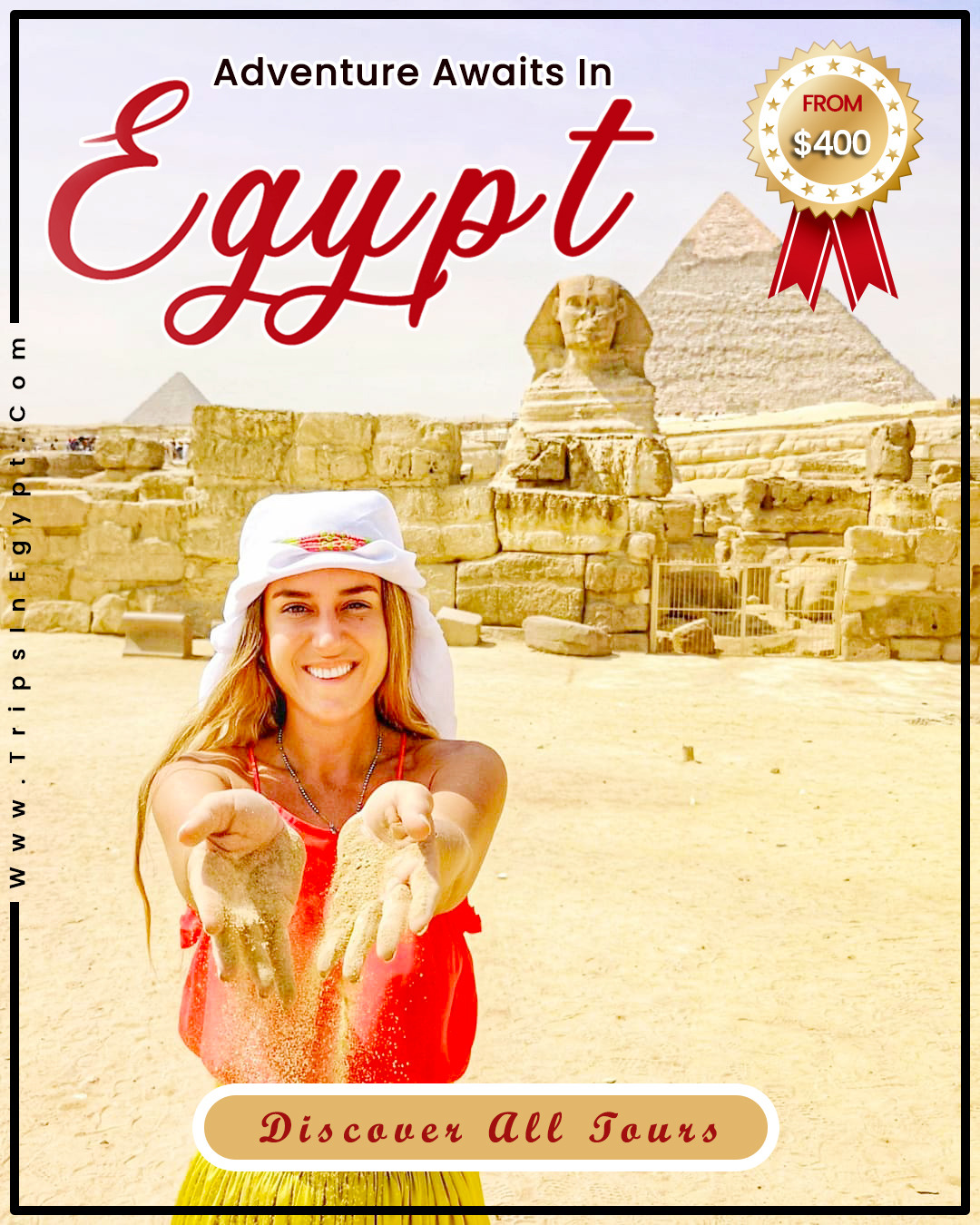
Request a Call Back